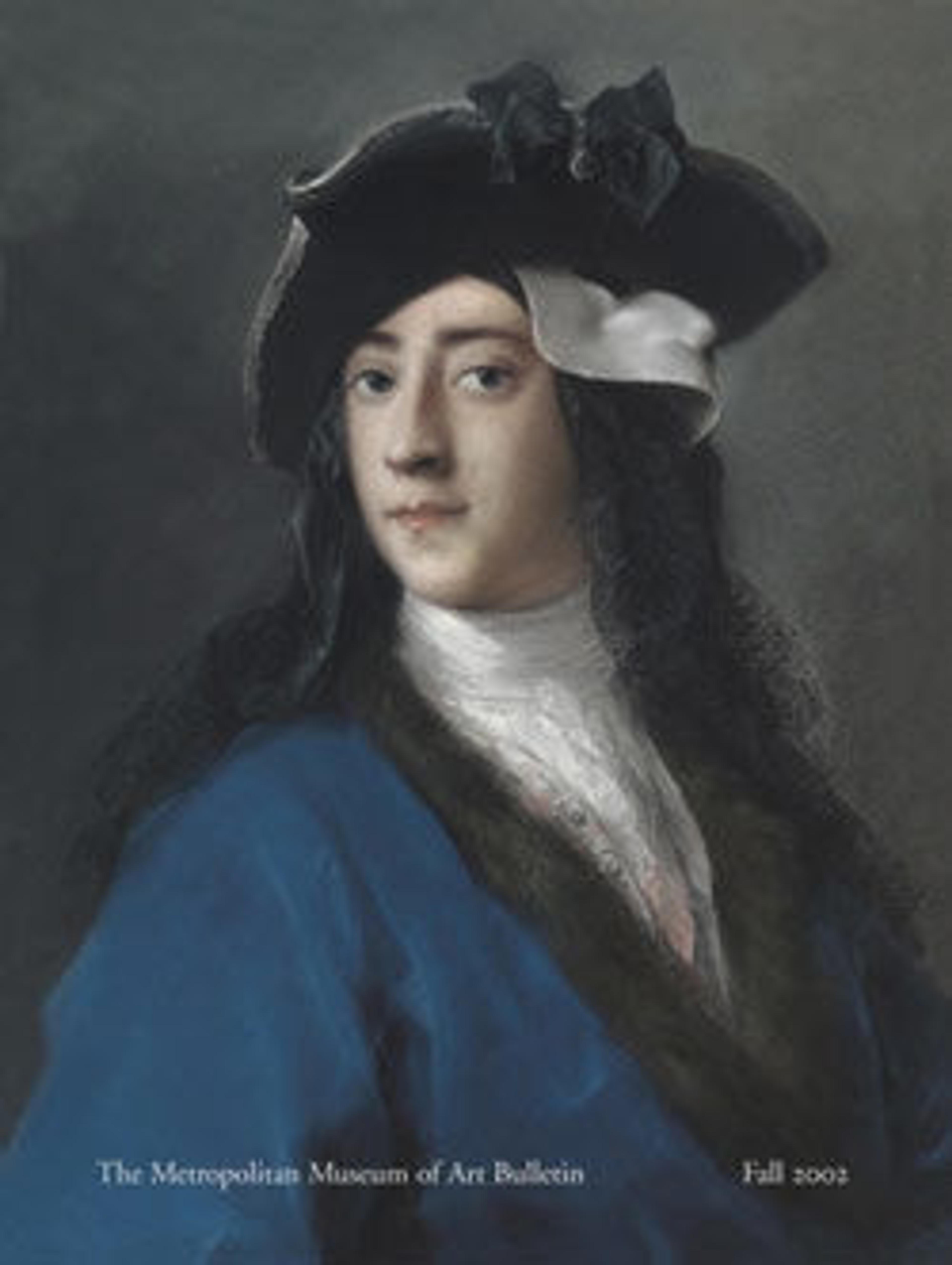Headrest
The use of headrests in southern Africa is ancient and has been traced back to the twelfth-century archaeological site of Mapungubwe, an urban center along the Limpopo River. There, evidence of gold sheeting believed to have adorned a long-disintegrated wooden headrest has been recovered. While headrests were designed to serve a functional purpose--to support the head while sleeping in order to protect elaborate hairstyles--their intimate connection with their owners is such that they are also seen as precious vehicles for communicating with an ancestral realm. In many instances, such artifacts are buried with their owners along with other personal items. The design of such works is reflected in a range of regional styles. Shona sculptors and their neighbors to the southeast, the Tsonga, have been credited with the most varied formal solutions to the carving of the support element.
Artwork Details
- Title:Headrest
- Artist:Tsonga or Shona artist
- Date:Late 19th–early 20th century
- Geography:southeastern Zimbabwe
- Culture:Shona peoples
- Medium:Wood, elephant hair
- Dimensions:H. 4 x W. 2 1/2 x D. 6 3/4 in. (10.2 x 6.4 x 17.1 cm)
- Classification:Wood-Furniture
- Credit Line:Gift of Drs. James J. and Gladys W. Strain, 2001
- Object Number:2001.759.1
- Curatorial Department: The Michael C. Rockefeller Wing
More Artwork
Research Resources
The Met provides unparalleled resources for research and welcomes an international community of students and scholars. The Met's Open Access API is where creators and researchers can connect to the The Met collection. Open Access data and public domain images are available for unrestricted commercial and noncommercial use without permission or fee.
To request images under copyright and other restrictions, please use this Image Request form.
Feedback
We continue to research and examine historical and cultural context for objects in The Met collection. If you have comments or questions about this object record, please contact us using the form below. The Museum looks forward to receiving your comments.
